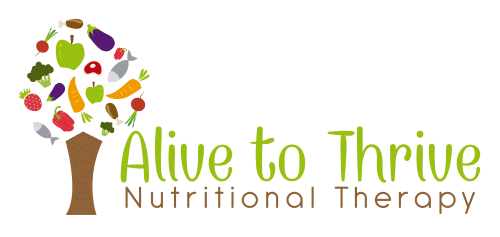What is a Healthy Diet?
Much confusion exists today about what encompasses a healthy diet. Is a low fat diet best? What about a low carbohydrate, high protein diet? To solve this confusion, the Nutritional Therapy Association looks to the research of one of the great nutritional pioneers, Dr. Weston A. Price. Dr. Price noticed that his dental patient’s mouths and health were deteriorating in the 1920’s when the nation’s diet was becoming increasingly processed. Upon hearing reports of primitive people with beautiful teeth, Dr. Price became determined to find out if indeed they had perfect teeth. And if so, to find out what these people were eating. To answer his questions, Dr. Price traveled the globe to look for healthy indigenous peoples and to document what they were eating.
Dr. Price and his wife traveled to 14 different countries to conduct his research. He photographed and thoroughly documented the healthy teeth and bodies of isolated indigenous people and their diets. He also documented that soon after these villages became connected via roads and their peoples began to consume the “displacing foods of commerce,” these indigenous people’s teeth became diseased. Finally, the offspring born to them after they had changed their diet had diseased teeth and pronounced crowding of the teeth. He documented his findings in his book, “Nutrition and Physical Degeneration.”
Dr. Price found that the diets of indigenous peoples worldwide varied greatly. For instance, the primitive Alaskan people commonly ate seal oil and fish eggs, the native Swiss ate mostly rye bread and dairy products, and the South Sea Islanders ate many fruits, starchy vegetables, seafood and pork. He asked himself, “What do all of these diets have in common?” Consequently, he found 11 significant similarities.
Eleven Similarities of Diets of Healthy Native Peoples
- Contained no refined or denatured foods. The healthy native people’s diet did not contain white flour, white sugar, pasteurized dairy products, canned foods, vegetable oils or condensed milk. Those were the processed foods during that time period. Our contemporary processed foods also include hydrogenated fats, additives, artificial sweeteners, isolated protein powders, high fructose corn syrup, and skim or low-fat dairy.
- Used some type of animal products with some raw. Dr. Price’s greatest disappointment was that he could not find one healthy vegan society. Raw animal products included either raw dairy such as raw milk, butter, cream or raw cheese. Or marinated and/or raw fish, raw shellfish such as oysters, and traditional ethnic raw meat dishes such and Steak Tartare, Carpaccio or Kibbeh.
- Nutrient Density. Primitive diets contained 4x as much calcium and other minerals, and 10x as much fat-soluble vitamins as the modern diet.
- All cultures cooked some or most of their food. But they always ate some of their animal foods raw.
- Included food with high enzyme and beneficial bacteria content. This included lacto-fermented foods such as sauerkraut and yogurt, raw honey, raw dairy, tropical fruits, and cold-pressed oils.
- Seeds, grains and nuts were soaked, sprouted, fermented or naturally leavened. These foods were only consumed after properly preparing them to make them more digestible and their nutrients more available.
- Fat content varied from 30-80% of total calories. Only 4% of their diets were from polyunsaturated fats (PUFAs). Traditional diets did not contain corn, cottonseed, sunflower, canola or soybean oils which are high in PUFAs.
- Contained nearly equal amounts of Omega 6 and Omega 3 Fatty Acids. Modern diets typically have much more Omega 6 oils than Omega 3 oils because of the widespread use of processed vegetable oils mentioned in #7 above.
- All traditional diets contained some salt. Primitive peoples went to great lengths to obtain salt for their consumption. Furthermore, this salt was unprocessed sea salt, Himalayan salt, or mined salt. Unrefined Salt should be gray, pink or beige, indicating the presence of minerals.
- All traditional cultures made use of bones, usually as bone broth.
- All traditional cultures made provisions for future generations. Our ancestors had special foods for parents-to-be, pregnant and nursing women, and growing children. Furthermore, birth defects were blamed on improper nutritional preparation.
Eating a Healthy Diet
Knowing what our healthy ancestors ate enables us to know how we should be eating if we wish to obtain optimal health. But, maybe the thought of eating Steak Tartare or fermented fish scares you away from wanting to eat a traditional diet. Luckily, there are several wonderful and tasty ways to cook and to eat that can nourish us like our ancestors nourished themselves without the raw beef or fish!
In conclusion, our bodies are truly amazing creations! It only makes sense that we should put whole nutritious foods into them. After all, what we eat literally becomes our muscles, bones and tissues that we use to survive and to thrive.
I would love to work with you to improve your diet to achieve maximal health. Contact me today to schedule your free consultation! We were not born to just survive, we were born to THRIVE!




